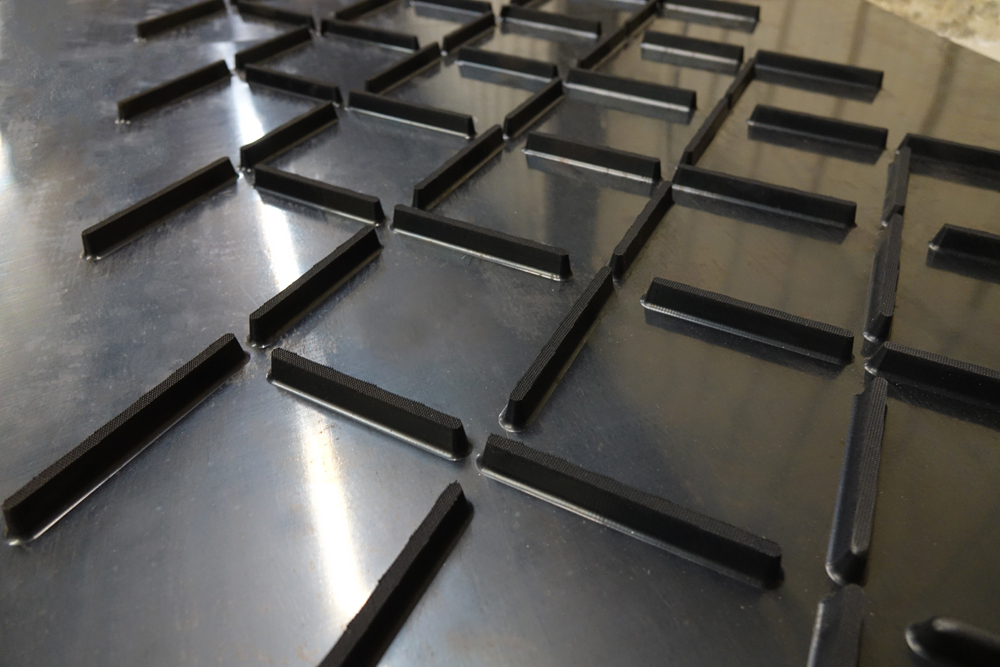
The Direct X cleat profile is said to increase conveyor capacity by capturing more material across the belt width than standard industry patterns. Combined with the benefits of a specialised belt construction that is said to be thinner yet more durable and flexible in design, the product is, says WCCO Belting, a “high-value solution that reduces cover wear, increases energy savings and improves belt life”.
“As a company dedicated to value innovation, we have been looking for the right opportunity to expand our product offerings to meet the needs of the aggregates and construction industries,” said Jean Voorhees, vice president of Business Development at WCCO Belting. “We are proud of the Direct X technology and its ability to redefine field performance and positively impact the bottom line for end users.”
The Direct X cleat profile is designed to improve product flow control directionally. The pocket-style pattern captures conveyed material immediately upon loading, reducing the amount of product movement on the belt cover, which limits cover wear. The nested pattern is also said to promote a smooth, quiet transition on the return rollers, reducing noise and vibration in the field. Also, with WCCO Belting’s proprietary manufacturing process, the cleats are integrally moulded onto the base belt, meaning no cleat separation or delamination will occur.
The belt construction technology is made with a custom-engineered fabric that is claimed to be 206% higher in tear strength, 126% higher in tensile strength, with 64% better puncture resistance compared to the industry standard. It drives energy savings using a lighter, stronger, and more flexible belt carcass. Moreover, excess cover wear is reduced when used with the Direct X product flow control pattern.








